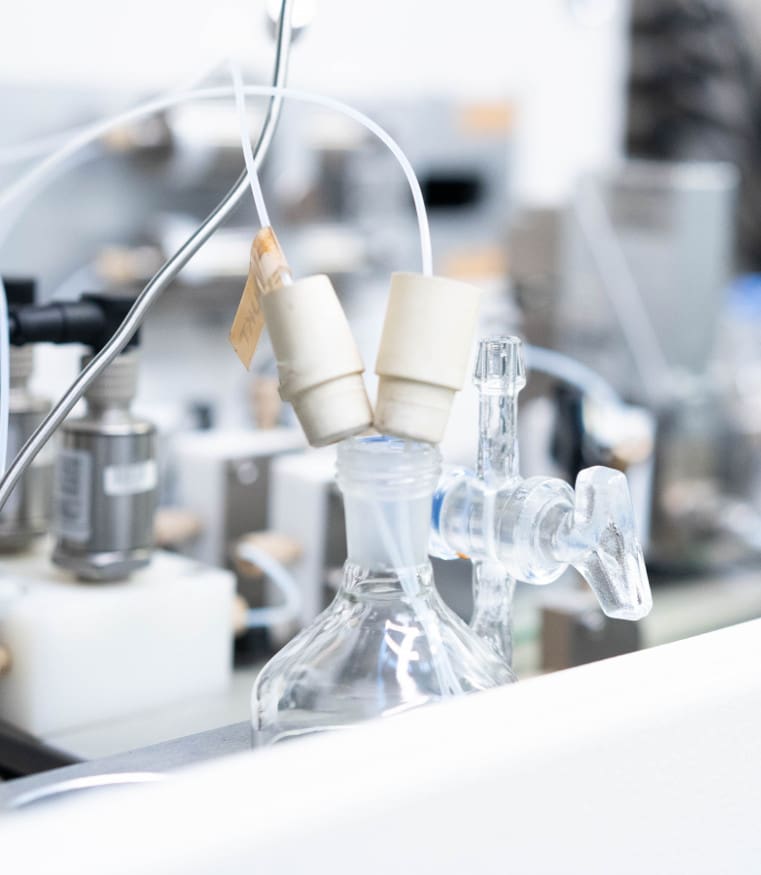Photochemical Chemoselective Alkylation of Tryptophan-Containing Peptides
We report a photochemical method for the chemoselective radical functionalization of tryptophan (Trp)-containing peptides. The method exploits the photoactivity of an electron donor–acceptor complex generated between the tryptophan unit and pyridinium salts. Irradiation with weak light (390 nm) generates radical intermediates right next to the targeted Trp amino acid, facilitating a proximity-driven radical functionalization. This protocol exhibits high chemoselectivity for Trp residues over other amino acids and tolerates biocompatible conditions.

Laroche, B.; Tang, X.; Archer, G.; Di Sanza, R.; Melchiorre, P.
Org. Lett. 2021, 23 (2), 285–289
DOI:
10.1021/acs.orglett.0c03735

Let's create a brighter future
Join our team to work with renowned researchers, tackle groundbreaking
projects and contribute to meaningful scientific advancements




















